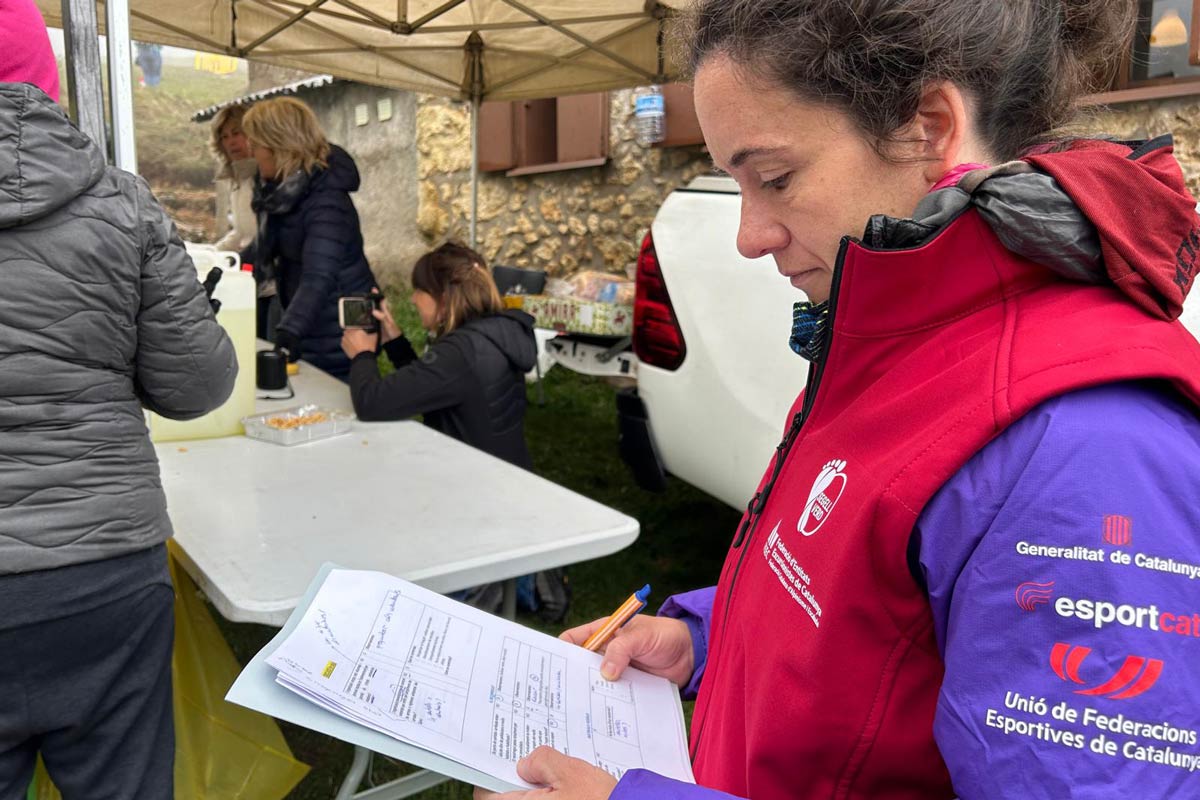One of the principle objectives of the recently launched UIAA database of judgements on climbing and mountaineering accidents is for the service to be regularly updated with new cases from around the world. For further information on the database, created and managed by members of the UIAA Legal Affairs Commission, please click here.
The most recent inclusion concerns a ruling made in a German court following an incident which took place in the Tannheimer Tal valley in Austria.
Nature of the case
A woman faced civil charges under tort law for falling during a hike in the mountains in Austria and, subsequently, hitting another hiker who in turn fell and suffered severe injuries leading to his eventual death. The court found the woman to have acted negligently by not holding onto the available safety rope which was a necessary precaution as the path was narrow and wet and she walked close to the edge of the path in order to protect her daughter who was hiking in front of her. The dead hiker, who was the plaintiff’s husband, was not held partially responsible for not holding onto the rope himself. The court established that given the particular circumstances holding the available safety rope was to be expected of the defendant and that other hikers could rely on such increased safety measures to be taken in that particular situation. If it is not taken and other people are harmed in the process, this harm does not fall into the general alpine risks that hikers have to bear.
What the database covers
The UIAA database charts the legal framework/analysis; the summary of the facts and the summary of arguments of the parties; as well as the reasoning summary of the court.
One of the key components of the UIAA service is feedback and analysis from the Legal Affairs Commission itself. Their summary offers context to the case’s findings and draws from the Commission’s international network of expert lawyers.
The LAC summary on this case was as follows:
This decision surprised the LAC members who thought that putting all the liability on the falling woman was overly strict. It is probable that courts in other countries would decide differently in this matter. However, one needs to keep in mind that the German court stated that it is crucial to look at the particular circumstances of an individual case. In this case, the defendant was held liable because she did not hold onto the safety rope to ensure her own and other people’s safety, despite the increased risk of guarding her daughter and hiking close to the valley side of the path.
However, the judgement is interesting from many perspectives. It is recognizing the UIAA climbing scale; it explains the nature of the doctrine of “doing activity at one’s own risk” even though it eventually does not find it applicable for hiking in this specific case; and it examines the existence of an obligation to hold on to a wire rope while hiking.
After getting dismissed in the Appellate Court, the case was not appealed again at the higher courts. There is also little to no coverage of this particular judgement in legal journals or textbooks, let alone citations of this judgement in other rulings, making the judgement a rather difficult precedent to rely upon.
To access the database please click here. The database also includes an option for cases to be submitted for consideration.
New cases will regularly be highlighted in the monthly UIAA newsletter.



